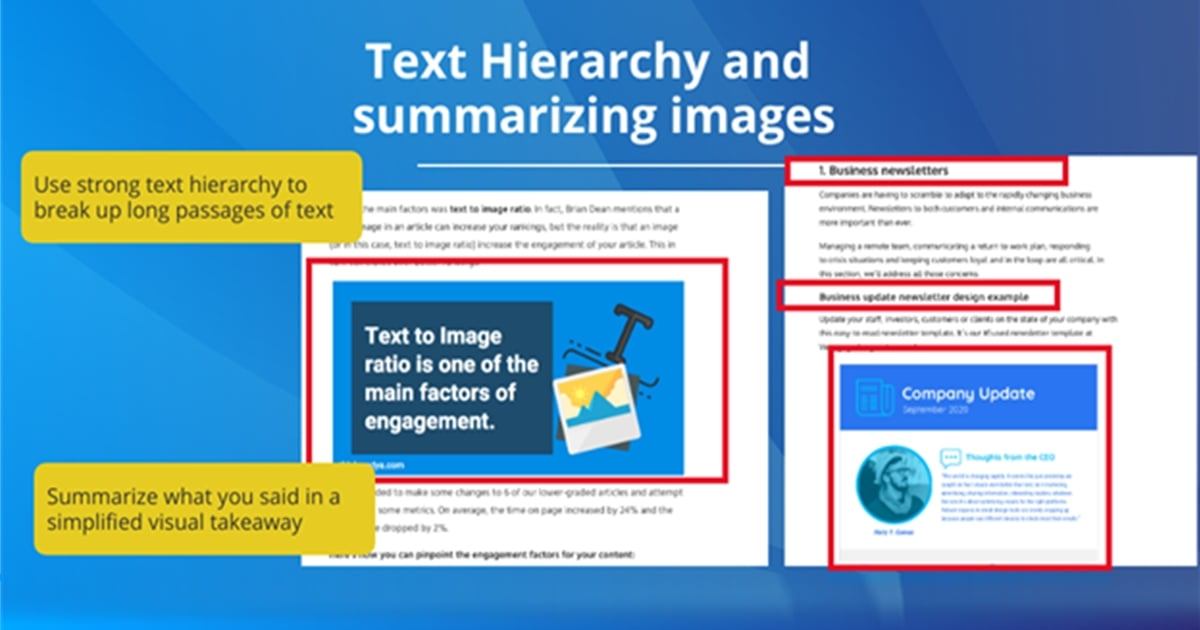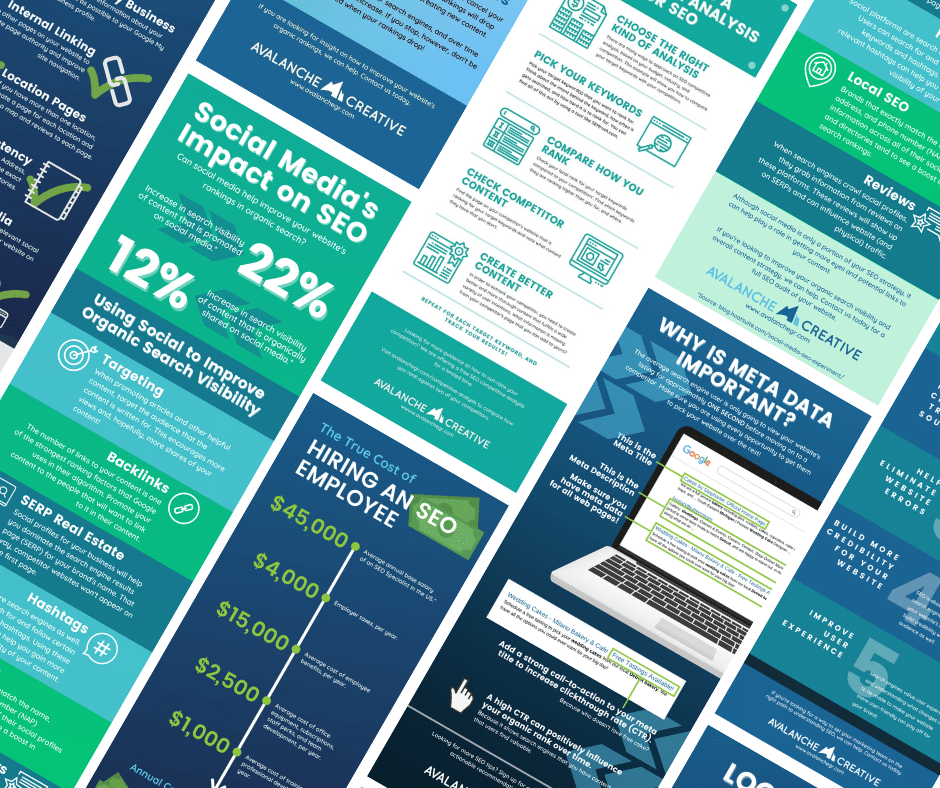Learn the secrets to optimizing your website for improved search engine rankings with this step-by-step guide to SEO success.

Image courtesy of via DALL-E 3
Table of Contents
Welcome to our how-to guide on updating your website for better SEO! In this article, we’ll explore the world of Search Engine Optimization (SEO) and how making changes to your website can help improve its visibility and drive more traffic your way. So, let’s dive in and discover how you can make your website shine on the internet.
What is SEO?
SEO stands for Search Engine Optimization. Think of it like organizing a library so that books are easy to find. When you optimize your website for search engines, you’re making sure that it’s organized in a way that search engines like Google can easily understand and show it to people searching for information.
Why Update Your Website?
Keeping your website up to date is crucial for improving its visibility on search engines. When you regularly update your content, optimize your images, and make sure your website is user-friendly, search engines are more likely to rank your site higher in search results. This means more people can discover your website, leading to increased traffic and potential business opportunities.
Conducting an SEO Audit
Check Your Website’s Speed
One important factor in SEO is how quickly your website loads. To check your website’s speed, you can use online tools like PageSpeed Insights by Google. A fast-loading website is crucial because nobody likes waiting for a slow website to load. If your website is slow, visitors may leave before even seeing your content!
Analyze Your Current Content
Take a look at the articles and pages on your website. Do they contain the keywords that people might use to search for information on your topic? Make sure your content is relevant and matches what users are looking for. Search engines love websites that provide valuable and up-to-date content.
Inspect Your Backlinks
Backlinks are links from other websites that point to yours. They are like votes of confidence and can help improve your website’s authority. You can check your backlinks using tools like Ahrefs or SEMrush. Quality backlinks from reputable websites can positively impact your SEO performance.
Improving Website Content
When you’re creating content for your website, it’s important to choose the right keywords. Keywords are like the secret code that helps search engines understand what your content is about. Think of keywords as the words that people type into search engines like Google when they’re looking for information. To find the right keywords, think about what words someone would use to search for your topic.
Writing Quality Articles
To make your website appealing to both users and search engines, you need to write quality articles. Quality content is not only interesting and useful but also easy to read. When you write, consider your audience and use simple language that everyone can understand. Break up your content into short paragraphs and use headings to make it easy to scan. Remember, good content keeps people coming back to your site!
Updating Old Content
Don’t forget about the articles and pages on your website that are gathering dust. It’s important to revisit and update older content to keep it relevant. Search engines like fresh content, so updating your old articles can help improve your SEO. Check for outdated information, broken links, or new details you can add. By keeping your content up to date, you show search engines that your website is active and valuable.
Optimizing Images and Media
When adding images or videos to your website, it’s essential to select the right file format. Different file types serve various purposes. For photographs, JPEG is a great option as it maintains the quality while keeping the file size manageable. On the other hand, for graphics or logos, PNG is preferable because it supports transparency. Using the appropriate file format ensures your media loads quickly without sacrificing quality.

Image courtesy of via Google Images
Compressing Images
Large image files can significantly slow down your website’s loading time, affecting user experience and SEO rankings. To combat this, you can compress images without compromising their quality. Several online tools are available to help you reduce file sizes while maintaining sharp visuals. By optimizing images in this way, you can ensure a swift and seamless browsing experience for your visitors.
Adding Alt Text
Alt text, short for alternative text, is a vital element when it comes to optimizing images for search engines. This descriptive text provides context for search engine crawlers, helping them understand the content of an image. When adding alt text, be sure to include relevant keywords related to the image. This not only assists with SEO but also improves accessibility for users who rely on screen readers to navigate your site.
Enhancing Website Usability
One essential aspect of improving your website’s usability is organizing your menu. Think of the menu as a map that helps visitors navigate your site. Make sure the menu is simple and intuitive, with clear labels that describe each section accurately. By organizing your menu effectively, you can help visitors find what they’re looking for quickly and easily.
Improve Mobile Friendliness
With so many people using smartphones and tablets to browse the internet, it’s crucial that your website is mobile-friendly. This means that your site should look good and function properly on mobile devices. Make sure that text is easy to read, buttons are easy to tap, and images load quickly. Providing a seamless experience across all devices can improve user satisfaction and encourage visitors to stay on your site longer.
Fix Broken Links
Broken links can be frustrating for visitors and can also harm your website’s SEO. Take the time to regularly check for broken links on your site and fix them promptly. You can use online tools to scan your website for broken links and ensure that all internal and external links are working correctly. By fixing broken links, you can improve the user experience and demonstrate that your site is reliable and well-maintained.
Enhancing Site Performance
Caching plugins are like a magic wand for your website. They help speed up your site by storing common elements, like images and scripts, so that they load faster the next time someone visits. Think of it as having your favorite book ready on your bedside table instead of having to search through the shelves every time you want to read it.

Image courtesy of via Google Images
Regularly Update Plugins and Themes
Just like how you need your superhero to keep training to stay strong, your website needs regular updates to keep running smoothly. Updates not only bring new features but also fix any bugs that could slow down your site. Remember, a well-updated website is a happy website.
Monitor Site Performance
Imagine having a speedometer on your bike to track how fast you’re going. Monitoring your site’s performance is like having that speedometer for your website. It helps you see how well your site is doing, whether it’s loading quickly or if there are any issues that need fixing. Keeping an eye on your site’s performance ensures it stays in top shape for all your visitors.
Building and Managing Backlinks
Backlinks are like recommendations from other websites to yours. Just like when your friend tells everyone how cool your treehouse is and more kids want to come and see it, backlinks tell search engines that your website is popular and worth checking out. The more quality backlinks you have, the more search engines believe your site is important and should be shown to more people.
What are Backlinks?
Imagine you are in a cooking club, and the famous chef in town likes your recipe so much that he mentions it in his own cookbook. When people read his book, they see the mention of your recipe and want to try it out. This is how backlinks work. They are links from other websites that point back to your site, showing search engines that your website is worth noticing.
How to Get Backlinks
Just like you can invite friends over to see your treehouse, you can reach out to other websites to share your content. You can write guest posts for other blogs, participate in online forums, or ask websites that mention your topic to link back to your content. The key is to create valuable and interesting content that others would want to share with their audience.
Check Your Backlink Profile
It’s important to keep an eye on the backlinks your site receives. Some backlinks may come from websites with low credibility or spammy content, which can hurt your site’s reputation with search engines. You can use tools like Google Search Console to review your backlink profile and disavow any bad links that may harm your SEO efforts. By keeping an eye on your backlinks, you can ensure that your site’s authority continues to grow.
Measuring and Tracking SEO Success
After making all the necessary updates to your website to improve SEO, it’s essential to measure and track your progress. This step helps you understand if the changes you’ve made are actually working to increase your website’s visibility and traffic. Let’s explore how you can measure and track your SEO success.

Image courtesy of via Google Images
Google Analytics Basics
Google Analytics is a powerful tool that provides valuable insights into how visitors interact with your website. It allows you to track essential metrics like the number of visitors, how they found your site, their behavior on the site, and much more. By understanding these metrics, you can make informed decisions to further optimize your website for better SEO.
Setting Up Goals
Setting up goals in Google Analytics is crucial for tracking specific actions that are important to your business. These goals could be anything from making a purchase to signing up for a newsletter. By defining and monitoring these goals, you can measure the effectiveness of your SEO efforts and make adjustments as needed.
Reviewing SEO Reports
SEO reports provide valuable data on how well your website is performing in search engine results. These reports can show you important metrics such as keyword rankings, organic traffic, backlink profiles, and more. By regularly reviewing these reports, you can identify areas that need improvement and track your overall progress in boosting your website’s SEO.
Conclusion
In conclusion, updating your website for better SEO is a crucial step in improving its visibility and increasing traffic. By following the tips and guidelines outlined in this guide, you can ensure that your website is optimized for search engines and provides a great user experience. Remember, SEO is an ongoing process, so it’s important to regularly monitor your site’s performance and make necessary adjustments to continue seeing improvements.
Start implementing these strategies today, and you’ll soon see the positive impact they can have on your website’s SEO. With a well-optimized site, you’ll be better positioned to reach your target audience and achieve your online goals. Don’t wait any longer – get started on your SEO improvements now!
FAQs
How Often Should I Update My Website?
Updating your website regularly is crucial for good SEO. Aim to add new content or make improvements at least once a month. This shows search engines that your site is active and helps keep it relevant to users.
What if I Don’t Know Much About SEO?
Don’t worry if you’re new to SEO. Start by focusing on creating quality content that is helpful and engaging to your audience. You can also use free online resources and tools to learn more about optimizing your website for search engines.
Can I Do SEO for a Free Website?
Absolutely! SEO can be applied to any website, whether it’s free or paid. While some platforms may have limitations on customization, you can still optimize your content with relevant keywords, quality backlinks, and a user-friendly design to improve your site’s SEO performance.







